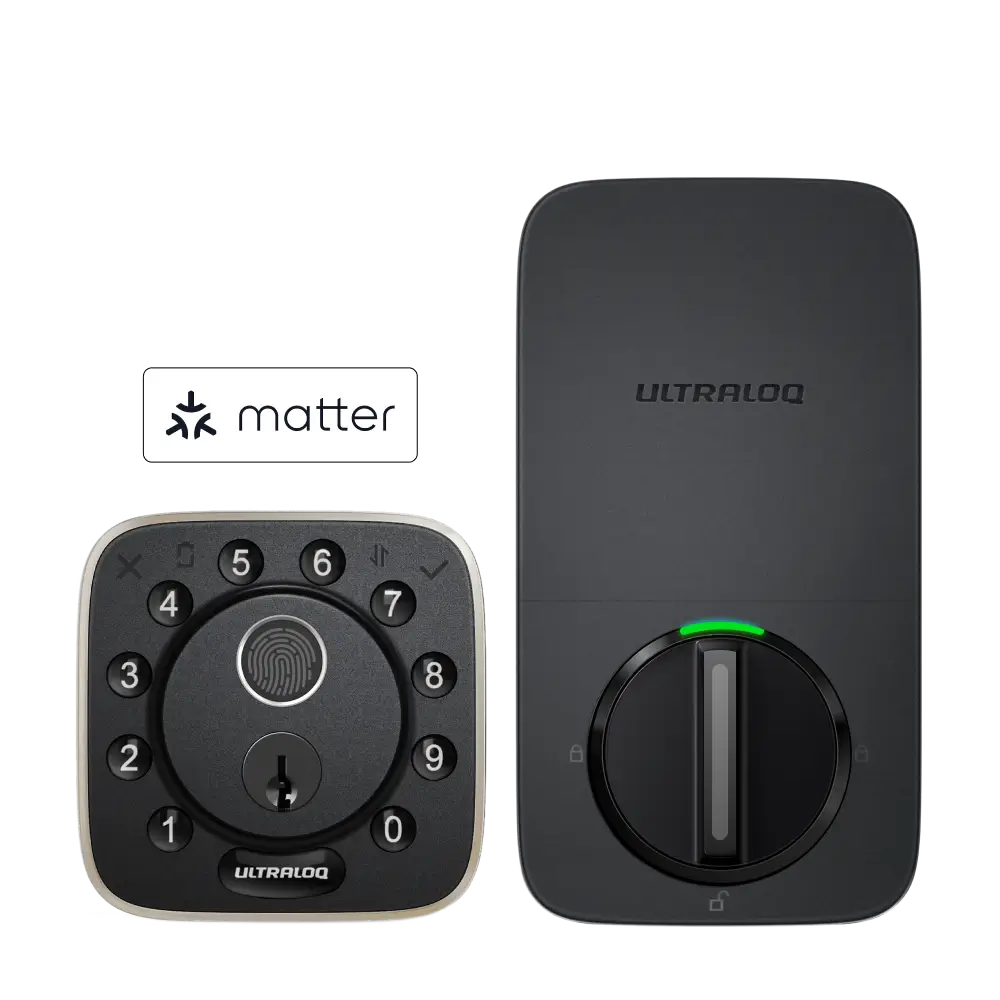Smart locks have emerged as a prominent technological advancement in home security, offering convenience, flexibility, and enhanced access control. However, as with any technology, concerns about their safety and security have arisen. This exploration delves into the safety of smart locks, addressing both their benefits and potential vulnerabilities.
Benefits of Smart Locks:
Smart locks offer several benefits that contribute to safety and security:
1.Keyless Entry: Smart locks eliminate the risk of lost or stolen keys. Users access their homes through PIN codes, biometric scans, smartphone apps, or voice commands, reducing the vulnerability associated with traditional keys.
2.Remote Control: The ability to lock or unlock doors remotely enhances security. Users can grant access to guests or service providers even when they are not present.
3.User Management: Smart locks allow precise user access management. Temporary access codes can be generated for guests or contractors, preventing unauthorized access after their purpose is fulfilled.
4.Integration with Smart Homes: Smart locks can integrate with other smart devices, such as security cameras and sensors, creating a comprehensive security ecosystem.
5.Security Alerts: Many smart locks offer tamper alerts, notifying homeowners of potential unauthorized attempts.
6.Two-Factor Authentication: Some models provide an extra layer of security with two-factor authentication, requiring multiple forms of verification.
7.Audit Trails: Smart locks maintain activity logs, providing a transparent record of who entered or exited the property.
8.Secure Communication: Encryption ensures that communication between the lock and connected devices remains private and secure.
Potential Vulnerabilities and Safeguards:
While smart locks offer significant advantages, they also present potential vulnerabilities:
1.Cybersecurity Concerns: As with any connected device, there is a risk of hacking or unauthorized access. Ensuring strong, unique passwords and regularly updating firmware are essential safeguards.
2.Physical Tampering: Despite digital features, smart locks still have physical components. Ensuring the lock's physical durability and anti-tampering mechanisms is crucial.
3.Battery Dependence: Smart locks rely on batteries for power. Regularly monitoring battery levels and replacing them promptly is necessary to prevent lockouts.
4.Remote Access Risks: While remote control is convenient, if a smartphone or access credentials are compromised, an attacker could gain unauthorized access.
5.Integration Risks: Integrating with other smart devices can expose the system to potential vulnerabilities in those devices.
6.Vendor Reliability: Choosing a reputable and established manufacturer can mitigate the risk of poor-quality security measures.
Best Practices for Safe Usage:
To ensure the safety of smart locks:
1.
Choose Reputable Brands
: Opt for well-known brands with a track record of producing secure products. See how Ultraloq improve security: How Secure is U-cloud & U-tec App?
2.Regularly Update Firmware: Manufacturers release updates to address vulnerabilities. Regularly updating the smart lock's firmware is crucial.
3.Strong, Unique Passwords: Use strong, unique passwords for the lock's associated accounts and change them periodically.

4.Implement Two-Factor Authentication: If available, enable two-factor authentication for an extra layer of security.
5.Regularly Monitor Activity: Review activity logs to detect any unusual or unauthorized entries.
6.Secure Wi-Fi Network: Ensure the lock is connected to a secure Wi-Fi network with strong encryption and a unique password.
7.Secure Smartphone: Protect the smartphone used for lock control with a strong passcode or biometric authentication.
8.Physical Security Measures: Select locks with robust physical security features like anti-drill and anti-tampering mechanisms.

In conclusion, smart locks offer an array of benefits that enhance home security, but they also come with potential vulnerabilities. By following best practices, staying vigilant about cybersecurity, and choosing reputable products, users can harness the advantages of smart locks while minimizing the associated risks. It's essential to strike a balance between convenience and safety, adopting measures that safeguard both digital and physical aspects of home security.




















